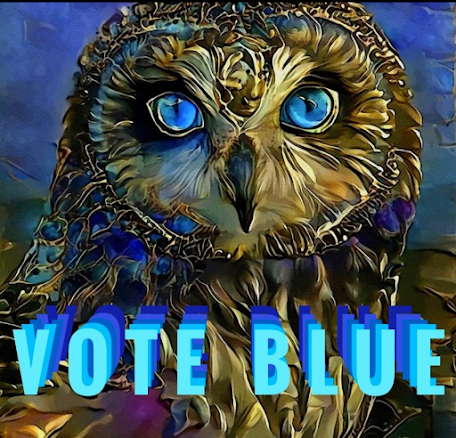Lunar Eclipse Visibility
The Snow Moon, aka the full moon of February 10-11, 2017, also brings us a penumbral lunar eclipse and the New Year Comet. The comet only appears to us earthlings every 5 years. It's a grand celestial event, even though most of us will not be able to view it.
Interesting that this Snow Moon coincides with the winter storm now blasting the north-eastern United States.
While lunar eclipse visibility will be at 100% for Europe and Africa, those in portions of the Americas will be able to view it only as the moon rises in the eastern sky.
USA Today - Triple treat: Eclipse, comet, full moon...
Charleston, SC time will be 5:56pm.
On Friday (Feb. 10), just 10 minutes after the full moon peaks, so will a penumbral lunar eclipse. The moon will spend more than 4 hours coasting through Earth's outer shadow, called the penumbra, and it will appear darker than normal. Space.com/35627-february-full-moon.html
Interesting that this Snow Moon coincides with the winter storm now blasting the north-eastern United States.
When to see it
While lunar eclipse visibility will be at 100% for Europe and Africa, those in portions of the Americas will be able to view it only as the moon rises in the eastern sky. The moon will first enter Earth's shadow at 5:32 p.m. EST (2232 GMT), and its moonlight will slowly but surely grow dimmer for a little over 2 hours. After the eclipse peaks at 7:43 p.m. EST (0034 GMT on Feb. 11), the bright glow of the full moon will take about another 2 hours to return to normal. The moon will be completely outside of the penumbral shadow by 9:55 p.m. EST (0255 GMT on Feb. 11).
USA Today - Triple treat: Eclipse, comet, full moon...
Charleston, SC time will be 5:56pm.



Comments
Post a Comment
All comments must be approved before posting. Comments that are not approved are due to spam and shall be reported as such.
Thank you.